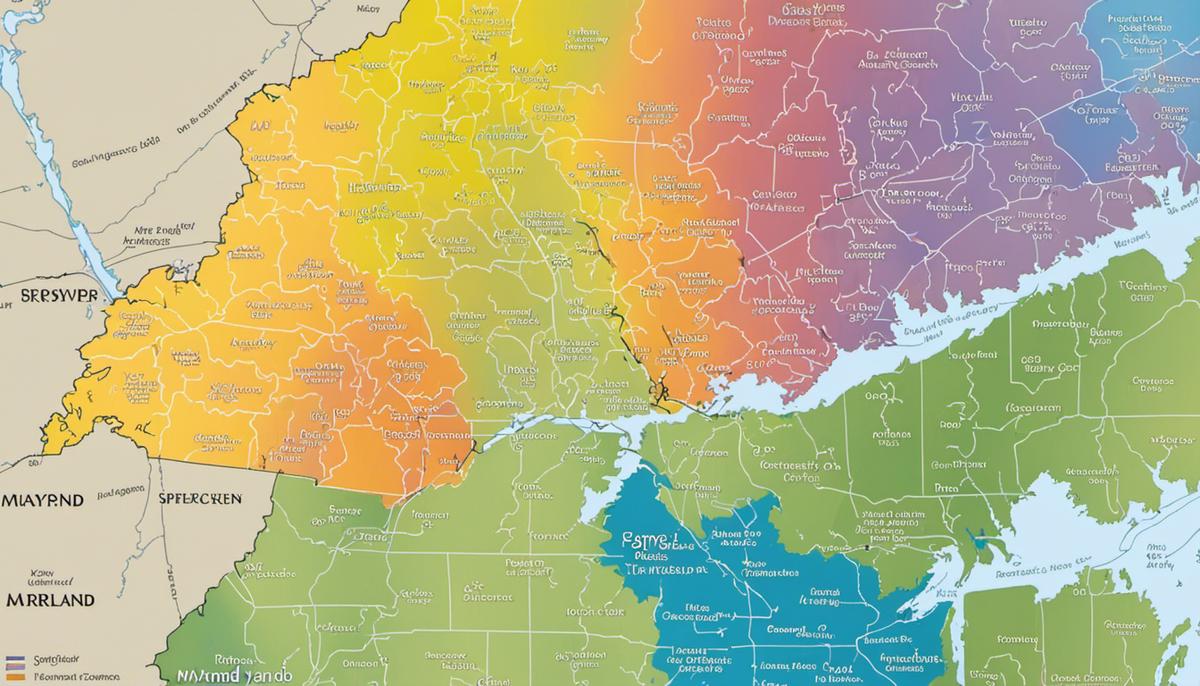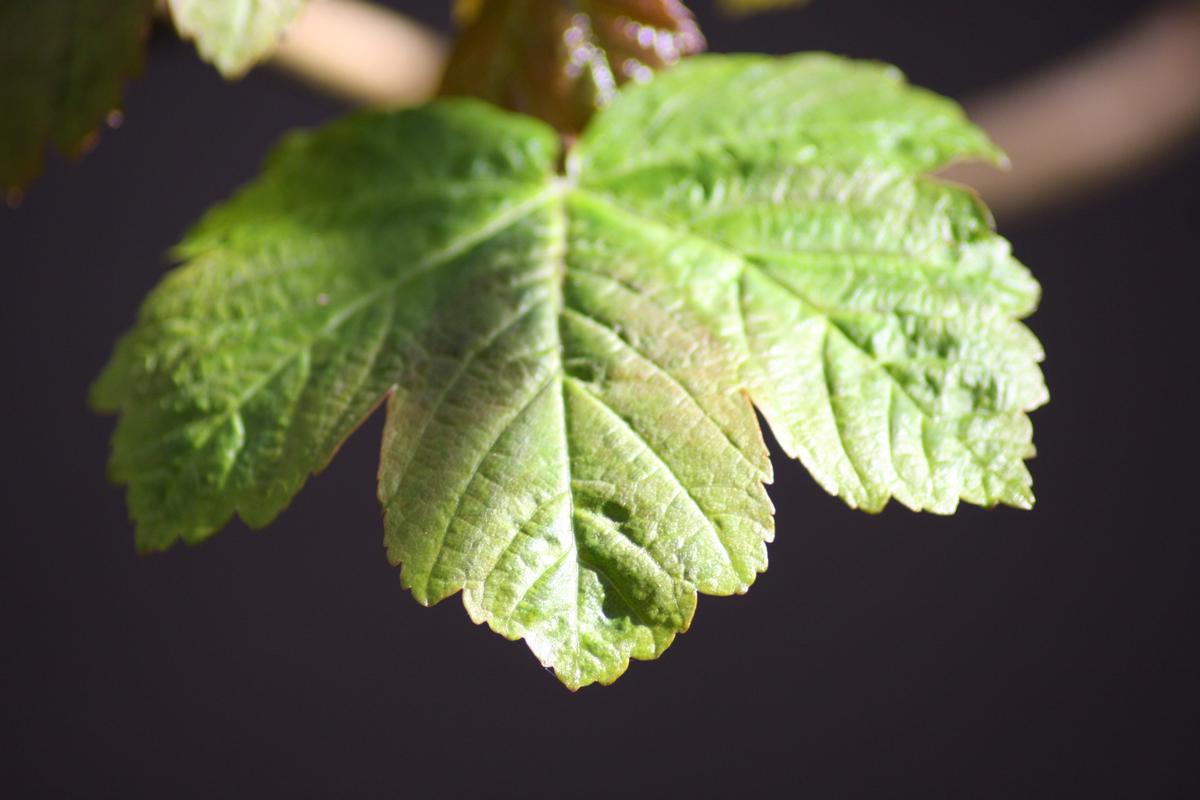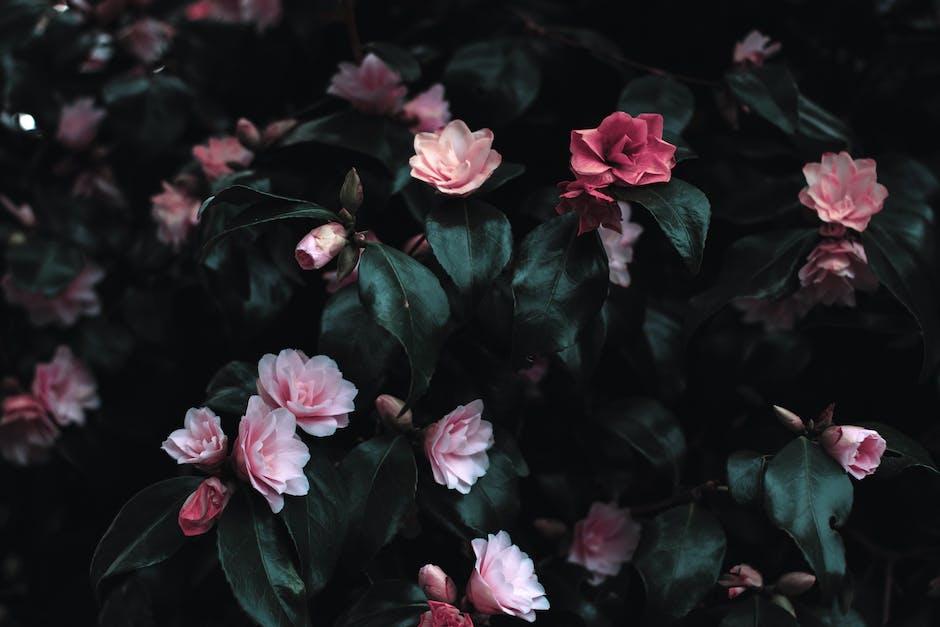Discovering Maryland’s Planting Zones

Maryland, an interesting mix of mountains, coast, and plains, harbors an extensive array of plant hardiness zones that provide gardening enthusiasts a uniquely broad range of possibilities. The varied topography and climate, from the cold winters of the Appalachian Mountains to the mild climate of the Eastern Shore, offers opportunities for a diverse selection of plant species, each having their ideal growing conditions. To get familiar with these intricacies, this discussion will delve into plant hardiness zones – understanding its concept, importance in gardening, and guide to Maryland’s zoning systems. Moreover, it will also provide insight into choosing suitable plants for each zone, accented with seasonal tips to optimize plant growth and to protect against pests and diseases.
Understanding Plant Hardiness Zones in Maryland
Have you ever wondered about the gorgeous and diverse plant life that encapsulates Maryland? Much of the credit goes to the plant hardiness zones, a critical aspect in the understanding of the Mid-Atlantic state’s flora. A hardiness zone is defined by the average extreme minimum temperature at a given location during a specified period−essentially, the coldest it usually gets. Specific to Maryland are zones 5b to 8a, which means the temperature can drop as low as -15°F and can rise up to 15°F. This substantial variation yields a wide-ranging and plentiful botanical landscape.
For those captivated by the horticultural treasures of Maryland, let’s delve into some unique characteristics of these zones. The cooler Zone 5b, primarily found in western Maryland, offers an eclectic palette for garden enthusiasts. It’s idyllic for cultivating plants such as sweet cherry trees, mountain laurel, and eastern hemlock. In contrast, the warmer zone 8a, predominantly in the state’s southeast areas, supports plant life such as crape myrtles, camellias, and Japanese palm. The diversified flora seen across Maryland is a testament to the exquisite versatility crafted by these hardiness zones, providing a mesmerizing spectacle for plant lovers. The zones are truly a catalyst enabling a thriving ecology and broad-spectrum plant exploration, distinguishing Maryland as an irresistible lure for every horticultural hobbyist.

Photo by philldane on Unsplash
Choosing the Right Plants for each Zone
It’s imperative to point out that a well-tailored plant selection for Maryland’s diverse planting zones could make the difference between a flourishing garden and a faltering one.
To achieve this, understanding the specific needs of plants is key. A stately Eastern Hemlock, thriving in cooler climates, would relish the chill of Zone 5b. Conversely, if your green thumb resides in Zone 8a, plants like the brilliantly blossomed Southern Magnolia, with its preference for milder winters and sultry summers, would make a superb choice.
Consequently, it’s not simply a matter of selecting plants that survive in your zone, but choosing species that thrive therein. Seasoned gardeners see opportunity in Maryland’s varied zones, using the climatic challenges they present to create uniquely beautiful landscapes.
In the cooler western region, conifers, deciduous trees, and myriad shrubs and flowering species are a match made in gardening heaven – able to resist not only the cold but also the area’s predilection for rocky soils.
On the other hand, the warmer southeast offers the chance to experiment with a range of fruiting trees and shrubs, from crowd-pleasing peaches to the lesser-known Pawpaw, America’s forgotten fruit!
Equally, ornamental plants like the Crepe Myrtle or Lilies thrive in this region’s humid climate, providing vibrant color and sweet fragrances to any garden.
Remember, knowledge about the hardiness zones, combined with careful thought about the specific conditions and needs of your chosen plants, can ensure that your Maryland garden is the envy of every horticultural enthusiast out there, regardless of its zone.

Seasonal Gardening Tips for Maryland Zones
Keeping your Maryland garden vibrant through the changing seasons involves intelligent plant choice, careful planning, and the right maintenance approach. For instance, in Maryland’s Zone 5b, which experiences roughly -15 to -10 degrees Fahrenheit each winter, plant resilience to frost is critical. A few excellent vegetation options include deciduous shrubs like the Virginia Rose and the Yellowroot, which are both hardy enough to weather winter’s chill. In Zone 8a, the Southern Magnolia is a splendid selection. This evergreen will provide year-round appeal, with its glossy leaves and large, fragrant flowers. Master the art of layering your garden! Consider flowering times when choosing plants to ensure you have color throughout the year.
Seasonal gardening maintenance is also of utmost vitality. In spring, aeration and thatch removal promote healthy root development for lawns across zones. For Zone 8a gardeners, the warm spring may be the right time to divide perennials that bloomed in the previous fall. Come autumn, composting fallen leaves would be beneficial for all zones, and can create a rich soil conditioner for the next planting season. Humidity and precipitation have significant impacts on garden health in Maryland’s zones, with areas like Zone 8a experiencing a more humid climate. This necessitates regular moisture level monitoring, increased mulching to mitigate soil rot, and strategic plant placement for optimal sunlight exposure.
Understanding Maryland’s variable planting zones opens the door to an ecological masterpiece. With curiosity, research, and a bit of trial and error, a stunning Maryland garden, a testament to the state’s generous biodiversity and vibrant climatic variations, is well within every enthusiast’s reach.

Understanding the critical nature of plant hardiness zones in gardening, particularly in Maryland, facilitates more effective choices in plant selection and care practices. Going one step further, recognizing how each zone varies across seasons provides a strategic edge in maximizing growth during prime conditions and safeguarding plant health when faced with challenging weather or pest outbreaks. Maryland’s rich diversity in climate and topography fosters a unique tapestry of plant life, and equipping yourself with the right knowledge of its zoning system enables you to tap into this biodiversity. Keep these insights into Maryland’s plant zones, suitable plant species, and seasonal strategies in mind as you embark on, or continue your gardening journey, and you’ll uncover the joy and fulfilment of successful, climate-conscious gardening.



